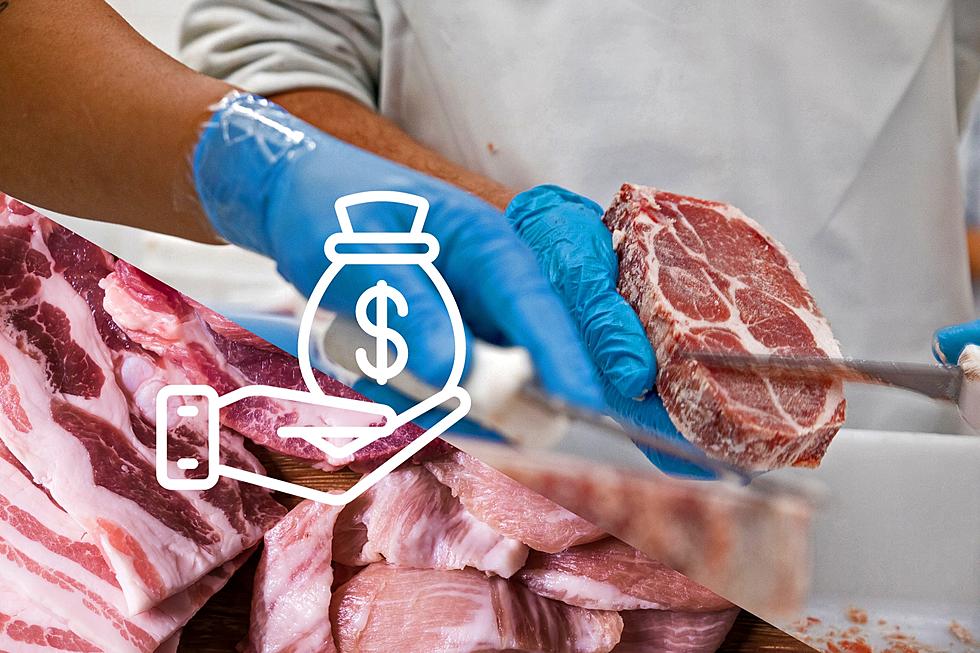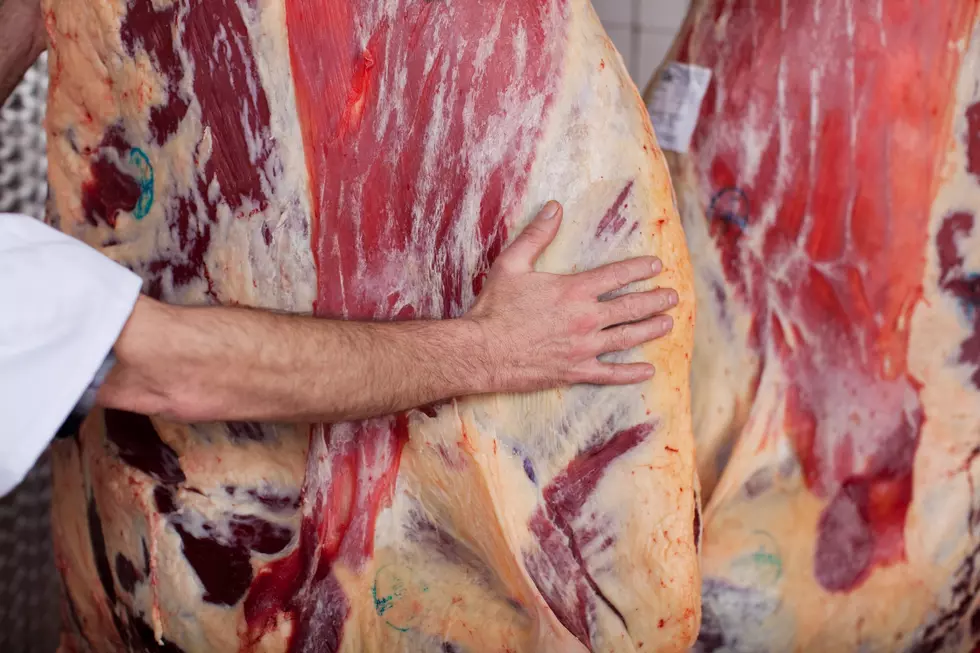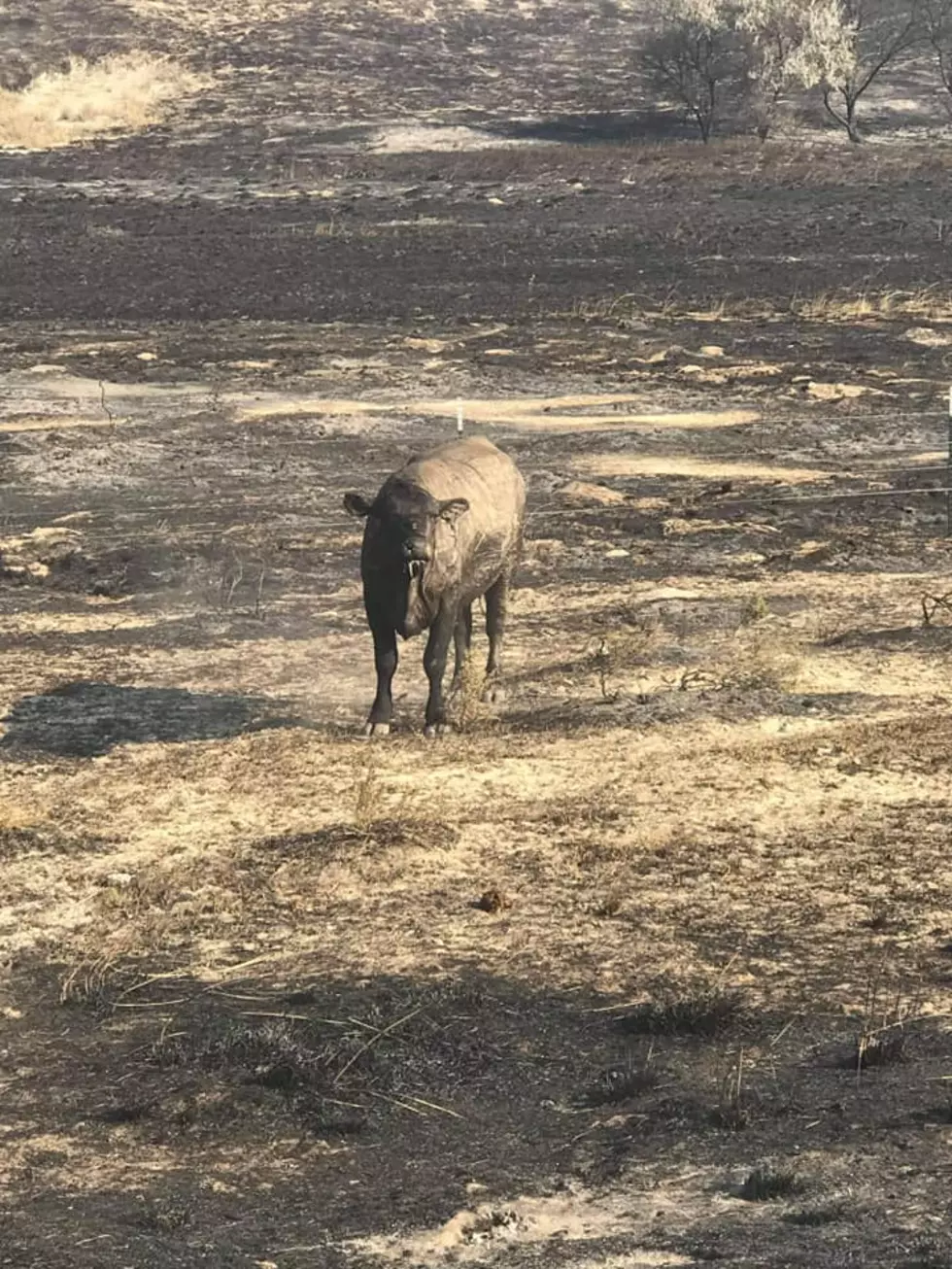
Ag Economists Confident Meat Supply Chain Will Rebound
Ag economists say boosting resiliency in the meat supply chain after the shocks of the coronavirus pandemic won’t be easy, but they have some ideas. The challenge is efficiency versus resilience, cost versus capacity, as consumers found out when processing plants closed, forcing livestock owners to euthanize millions of animals nationwide.
“There has been a big increase in demand interest in direct from small meat packers, small farmers, to consumer," said Perdue University Ag Economist Jason Lusk. "But I think one has to recognize the scale of the issue here. So, to give an example, our largest pork packing plants process roughly 20,000 hogs per day. If you have a small packer that does even 20 head a day, you need a thousand extra packers to make up for that loss of that large one.”
Bottom line, Lusk noted, extra capacity is expensive. And University of Arkansas Ag economist John Anderson said consumers demand products that demand tight work areas for plant employees.
“Those lines exist because those kind of products have grown tremendously in popularity among consumers. And so, we might, in the short-run, get some flexibility in our capacity by changing the product mix that’s out there. For example, pushing more product out the door as whole chickens, instead of boneless, skinless, individually quick-frozen chicken breasts.”
Online retailers like Amazon, Walmart and Target have helped the supply, but other economists say their relative supply-chain contributions are small, compared to the scale of the need.
If you have a story idea for the Washington Ag Network, call (509) 547-1618, or e-mail gvaagen@cherrycreekmedia.com
More From PNW Ag Network









